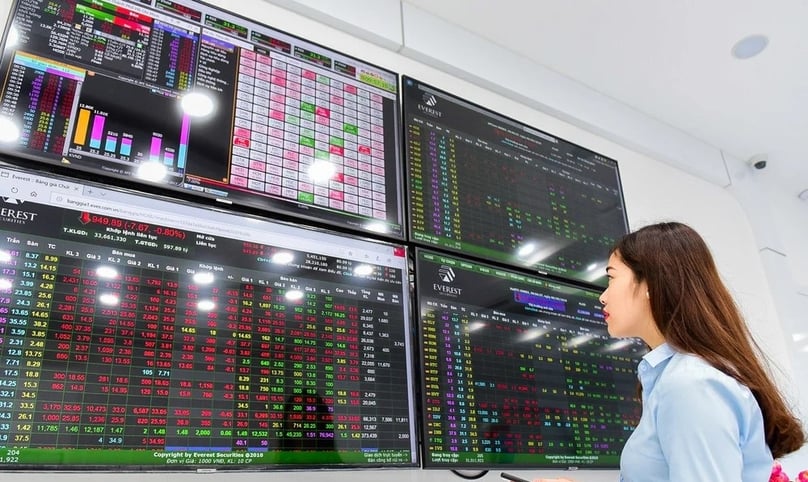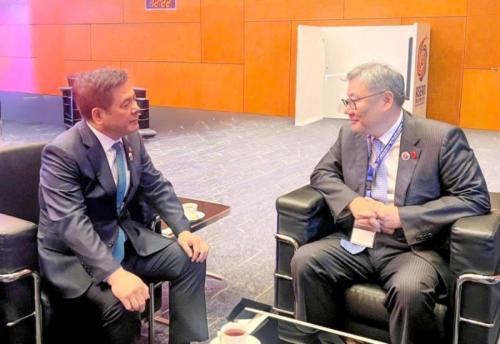Vietnam’s benchmark VN-Index remains in red despite market status upgrade news
The VN-Index on the Ho Chi Minh Stock Exchange (HoSE) closed the Wednesday morning session at 1,683 points, down nearly 2 points from the previous day, despite news about FTSE Russel’s market status upgrade decision.
In its statement on Tuesday, the global index provider said Vietnam's stock market will be reclassified from "frontier" to "secondary emerging" from September 21 next year, subject to an interim review in March 2026.
The VN-Index rose by 15 points to over 1,701 at the opening, driven by investor excitement following the FTSE Russell announcement. However, increasing profit-taking pressure gradually eroded gains, causing the index to reverse course before the lunch break.
There were 166 stocks declining, outnumbering the 123 gainers. Clear divergence was seen across major stock groups.
The securities sector, which rallied strongly in the morning, saw many stocks reverse by midday, such as VIX of VIX Securities, HCM of Ho Chi Minh City Securities, ORS of Tien Phong Securities, and VCI of Viet Capital Securities, dropping by 0.3% to 1.5%.
Several banking stocks also fell below the reference level, including TCB of Techcombank, VIB of Vietnam International Bank, SHB of Saigon-Hanoi Bank, VPB of VPBank, and HDB of HDBank.
The real estate sector experienced the strongest selling pressure, with DIG of DIC Corp., PDR of Phat Dat Real Estate Development Corp., and QCG of Quoc Cuong Gia Lai JSC all losing over 2%.
Mid-cap stocks like KDH of Khang Dien Holdings, NLG of Nam Long Group, and NVL of Novaland saw mild corrections. VIC of Vingroup and VHM of Vinhomes, two key pillars of Vingroup, also reversed from gains to losses of around 1.5%, becoming the biggest drag on the VN-Index in the morning session.
On the positive side, the market found support from CTG of VietinBank and MWG of retailer Mobile World, which rose 1.6% and 2.9%, respectively, contributing nearly 2 points to the overall index.
Trading value on the HoSE reached over VND16.5 trillion ($625.95 million) in the morning session, with large-cap stocks accounting for more than VND9 trillion. SSI of Saigon Securities took the lead with VND1.37 trillion ($51.97 million), followed by MWG, HPG of steel giant Hoa Phat, VIX and SHB.
On Tuesday, the VN-Index dropped sharply in final minutes amid investor caution ahead of FTSE Russell’s market status upgrade announcement, ending the session at 1,685 points.
On Monday, the VN-Index recorded its strongest single-day gain in a month, with 260 stocks closing above reference, nearly 8.5% hitting their ceiling prices.
The market surged at the start of the week, driven by optimism surrounding Vietnam’s potential market upgrade. The benchmark index surged nearly 50 points from the reference level, closing at around 1,696 points.
Source: Minh Hue
Photo: Photo by The Investor/Trong Hieu





